With the holidays fast approaching, ’tis the season of Christmas traditions at Winterthur. The annual Yuletide Tour is under way, showcasing Henry Francis du Pont’s former home decorated for the season. In admiring the lavish dining room at its holiday best, it’s not hard to imagine Henry Francis and Ruth Wales du Pont’s Christmas party guests arriving in Port Royal Circle in an array of luxury automobiles of the latest design and fashion, such as a 1927 Rolls-Royce Phantom I.
Henry Francis and Ruth Wales owned more than 40 luxury vehicles during their lifetime, notably several Cadillacs and three Rolls-Royces, including a Phantom V. Thanks to a generous gift in 2008 from the Philip C. Beals estate of Southborough, Massachusetts, Winterthur is the proud owner of a 1927 Rolls-Royce Phantom I Empress. This exquisite vehicle showcases classic design and engineering elements from the 1920s and 1930s—an important era in the Winterthur story that helped shape the country estate as we know it today.
This fall, Winterthur’s beloved Empress won “Best in Class” at the 9th Annual St. Michaels Concours d’Elegance in Cambridge, Maryland. The Concours featured rare pre-war grand classics with European coachwork, wood-bodied cars, and significant sports cars to 1965 as well as fashion and wooden speedboats.
Distinguished within a class of pre-war open cars, Winterthur’s Phantom I was recognized for its elegant design, superlative condition, and well-documented provenance. Sporting a Brewster green body with polished aluminum trim, black fenders with ivory pinstriping, light green wheels, a light cloth top, medium-brown leather upholstery, and a wood dash, the Empress captured audiences’ attention at St. Michaels. Additionally, it successfully participated in a nonjudged 60-mile tour along the Eastern Shore of Maryland, traveling with 30 other historic automobiles from the St. Michaels Concours event. A Winterthur team comprises members of the Winterthur’s conservation, registration, facilities, and public programs departments that oversee the care and display of the car, making it possible for it to participate in such prestigious invitationals.
Since its founding as a British motorcar company in 1904 by Charles Rolls and Henry Royce, Rolls-Royce has established itself as an icon of automobile engineering and luxury across the globe. By the 1910s, Rolls-Royce was struggling to keep up with American demand. A lucrative American market, high U.S. duty taxes on imported cars, and the long shipment time needed for vehicles to cross the Atlantic prompted the incorporation of Rolls-Royce of America, Ltd., with the first American plant opening in Springfield, Massachusetts, in 1919. Silver Ghosts were the first Rolls-Royces produced on the Springfield assembly line, and the Phantom series began shortly thereafter in 1926. The impact of the Great Depression demanded a scale back in production causing the plant to close by 1931. The 1,140 Springfield-built Phantoms are the only Rolls-Royce motorcars that were built outside of the United Kingdom.
The Empress’s story began at that very same Springfield plant with its manufacture in 1927—well before its arrival at Henry Francis du Pont’s country estate. While the chassis was constructed by Rolls-Royce of America, the body was built by the Brewster Company—a Long Island coachwork company that Rolls-Royce of America purchased in 1926 to ensure the highest standards of body fabrication for its vehicles. Brewster was the coachbuilder of choice for many wealthy Americans, such as the Vanderbilts, the Rockefellers, and the du Ponts. As early as 1922, Henry Francis had his Cadillacs fitted with Brewster bodies. The Empress was first fitted with a Brewster Lonsdale-style sedan body but was later fitted with a Brewster Ascot body. The practice of changing out bodies on Rolls-Royces and other luxury automobiles was common during this era.
As a result, there are only 28 recorded Phantom I vehicles with this Ascot body, and Winterthur’s is one of them.
Thanks to a well-documented provenance, the Empress’s ownership can be traced from its manufacture to its arrival at Winterthur in 2008. Shortly after her debut in Springfield, Henry G. Lapham of Brookline, Massachusetts, purchased her new in 1928. The Lapham’s 32-acre residence and gardens designed by the firm of Fredrick Law Olmstead (the head architectural firm that designed the 1893 Chicago World’s Fair) was in many respects similar to the country estate setting of Winterthur. In 1936, Lapham traded the Phantom I to Packard Company of Boston. That same year RE Clark, Inc., purchased the vehicle for $250. In 1940, Frederic J. Shepard II (“Fritz”) of West Newton, Massachusetts, purchased her from RE Clark, Inc. Phillip Beals of Southborough, Massachusetts, was the squadron mate of Fritz’s son, Fredrick J. Shephard III (“Eric”), in the U.S. Navy during World War II and became a close friend of the Shepard family. Through this relationship, Phillip Beals became aware of the Shepard’s 1927 Phantom I and eventually bought the vehicle in 1947 for $600 after a brief ownership by Dr. Robert C. Seamons of Marblehead, Massachusetts. The Beals family owned the Phantom I for more than 60 years, including it in their estate gift to Winterthur in 2008.
May 2016 will mark the 10-year anniversary of the Winterthur Invitational—an annual historic auto display that celebrates the finest automobiles of the country-estate era. The du Pont family and the Brandywine Valley have long been associated with the automotive era of the early 20th century, from the building of early roads to Alfred I. du Pont owning the second automobile in the state of Delaware. Winterthur looks forward to welcoming visitors to the Coach House in May to meet the Empress and learn more about historic automobiles from the 1920s to 1960s. Stay tuned this spring for more information about the Winterthur Invitational.
Post by Chase Markee, Administrative Assistant, Academic Programs
Sources:
Landrey, Gregory J., Director, Library, Collections Management & Academic Programs
Rolls-Royce in America, Rolls-Royce Foundation. Accessed December 2, 2015. http://rollsroycefoundation.org/rolls-royce-in-america.html.
St. Michaels Concours d’Elegance, accessed December 1, 2015. http://smcde.org/index.html
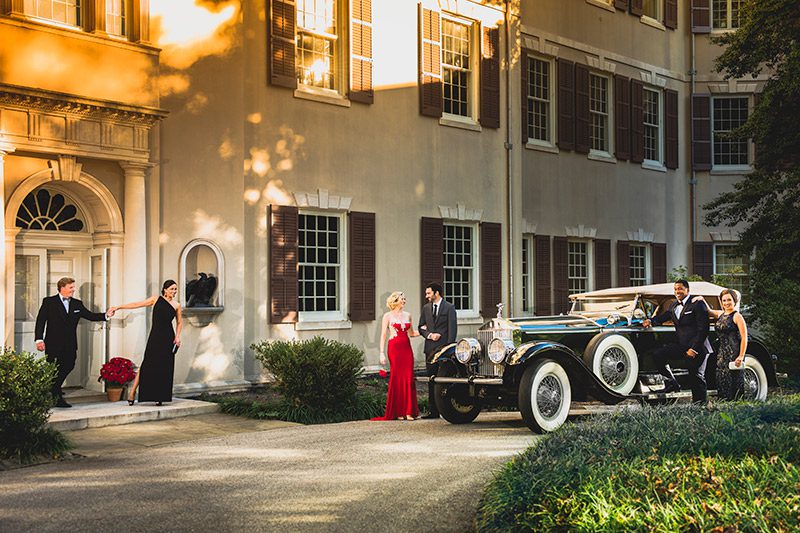
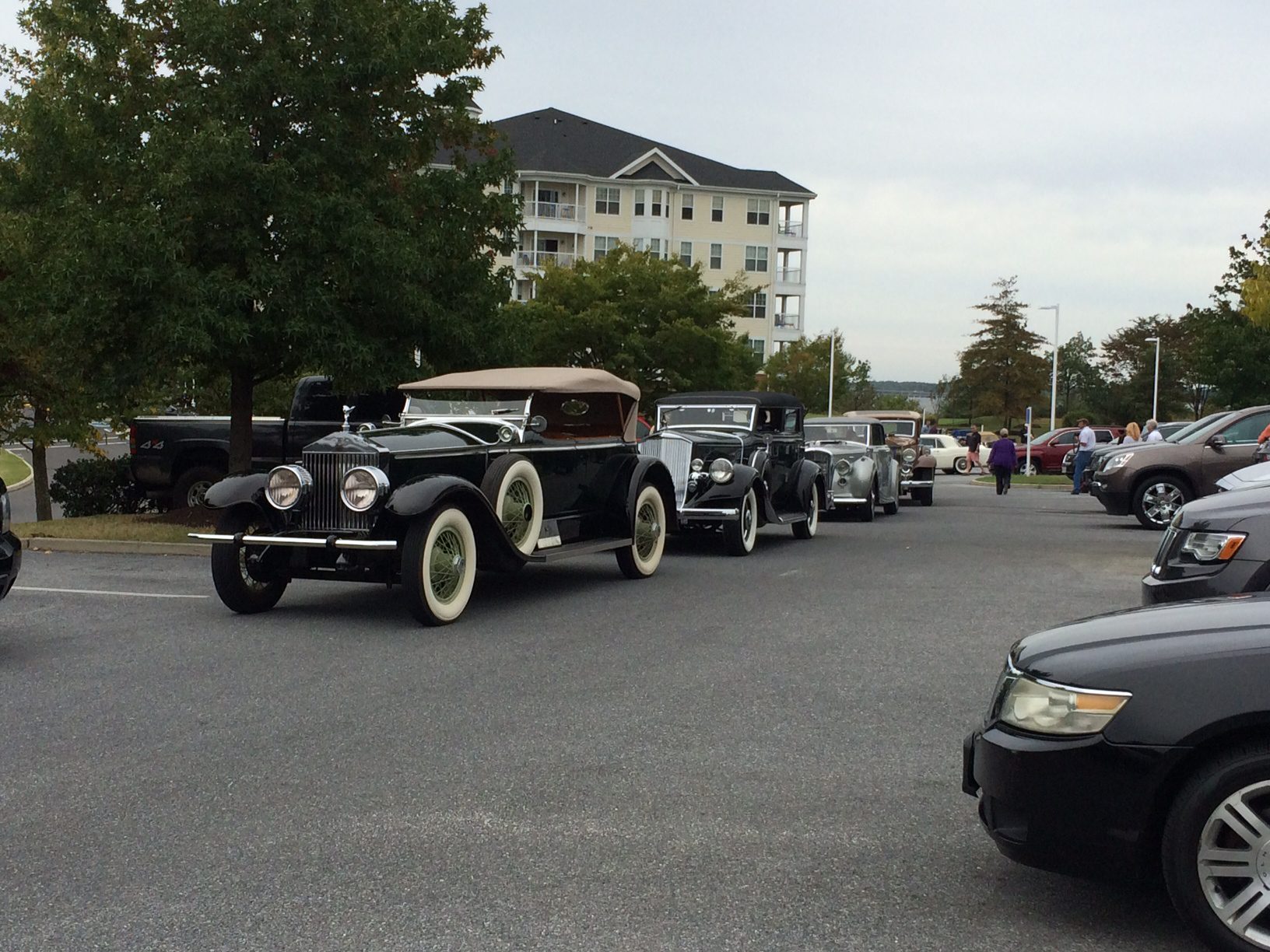
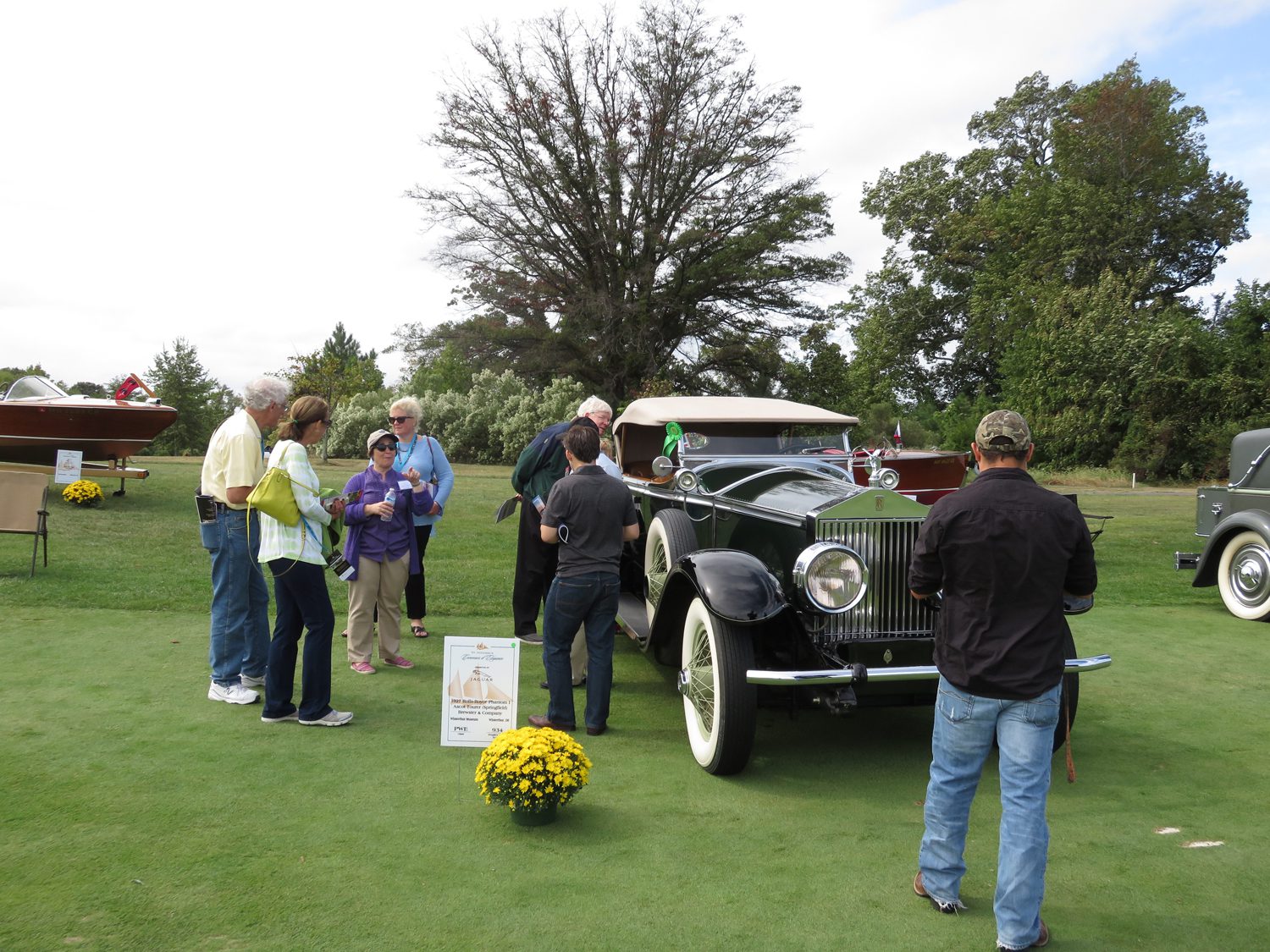
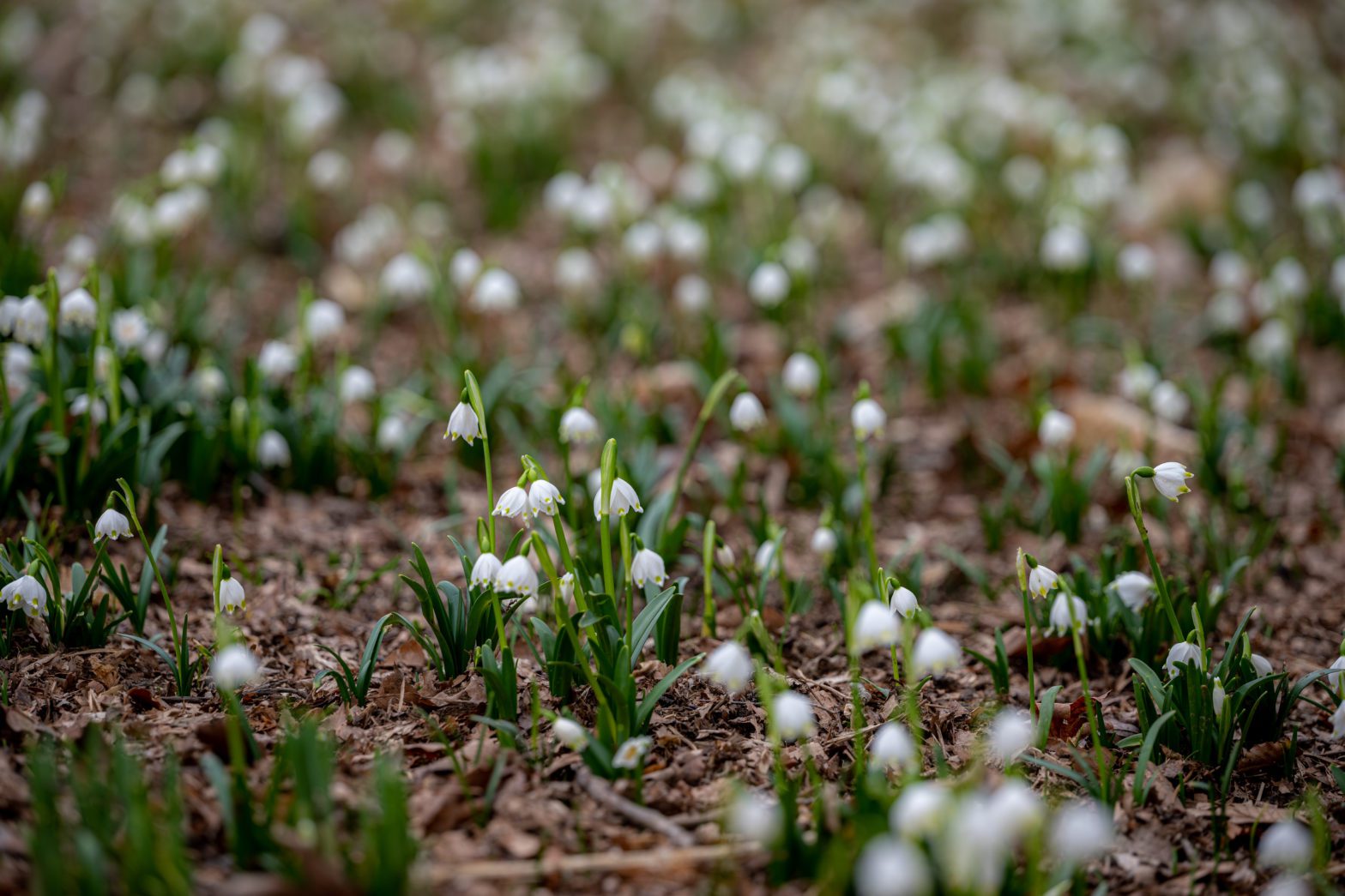
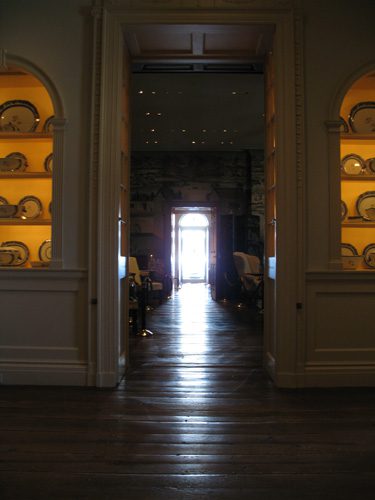
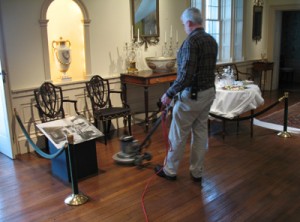
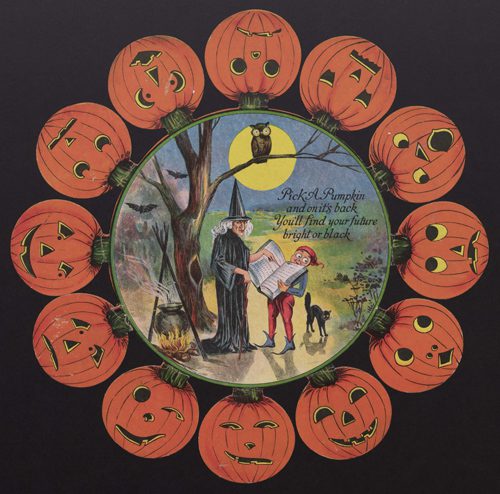
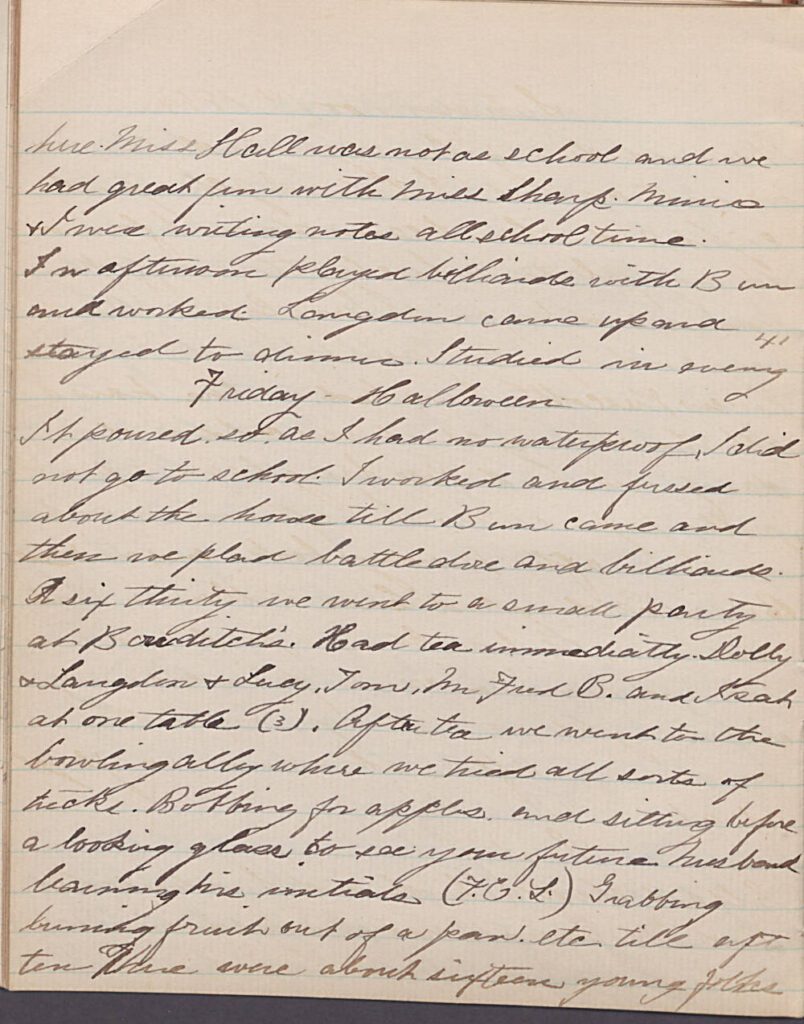
 Winter Aconite
It seems as though spring has just started and already we are seeing signs of seed-ripening on our earliest bulbs; snowdrops, winter aconite and glory-of-the-snow.
Winter Aconite
It seems as though spring has just started and already we are seeing signs of seed-ripening on our earliest bulbs; snowdrops, winter aconite and glory-of-the-snow. 
 The March Bank is known for its stunning display of blue flowered glory-of-the-snow (Chionodoxa lucilliae) and Siberian squill (Scilla sibirica) that saturate the woodland bank—as well as many other parts of the garden—in late March.
The March Bank is known for its stunning display of blue flowered glory-of-the-snow (Chionodoxa lucilliae) and Siberian squill (Scilla sibirica) that saturate the woodland bank—as well as many other parts of the garden—in late March. May 1, 2008
The photograph above was taken this morning of the same area pictured below. We are on track to have beautiful azaleas for
May 1, 2008
The photograph above was taken this morning of the same area pictured below. We are on track to have beautiful azaleas for  April 29, 2008
April 29, 2008
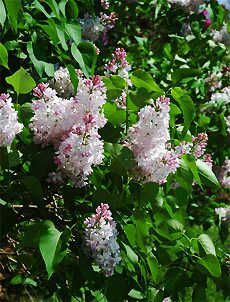 Now is the time to enjoy the fragrance and color of Winterthur’s lilacs in full flower in the Sundial Garden. This garden area was developed in the mid 1950s to create an April display of lilacs, quince, spiraea, and magnolia. The lilacs in flower now are hybrids of the common lilac, Syringa vulgaris. Their colors range from light yellow and pink through many shades of lavender and blue, all with a delightful fragrance.
Now is the time to enjoy the fragrance and color of Winterthur’s lilacs in full flower in the Sundial Garden. This garden area was developed in the mid 1950s to create an April display of lilacs, quince, spiraea, and magnolia. The lilacs in flower now are hybrids of the common lilac, Syringa vulgaris. Their colors range from light yellow and pink through many shades of lavender and blue, all with a delightful fragrance. 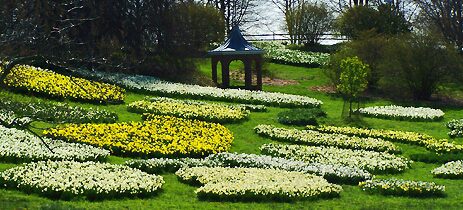 Winterthur’s daffodil display is one of the Brandywine Valley’s best kept secrets. Planted in drifts by the thousands, daffodils are a visual high note in the garden, flowering in between the peak displays of minor bulbs on the March Bank and azaleas and rhododendrons in Azalea Woods.
Planted along the main drive, Clenny Run, and Sycamore Hill, Winterthur’s sweeps of daffodils have remained much the same as when H. F. du Pont planted them. Narcissus had always been a favorite of Mr. du Pont’s, with some of the earliest plantings taking place in the March Bank by 1902. He developed a system of planting that revealed his plantsmanship and knowledge of design. He wrote in the Daffodil and Tulip Yearbook 1961, “Always plant the varieties separately. This is one of the essential and all-important lessons the intending planter must learn, as there can be no comparison as to the more pleasing effect of a bold expanse of one variety than that of a mixture.” Du Pont believed in informal beds, and used the curved and irregular shapes of tree branches to create the outlines for his daffodil sweeps.
The results of du Pont’s efforts are still enjoyed today and are a highlight of the spring landscape. A large part of the display can be enjoyed on your drive into Winterthur. The long drift of Narcissus ‘Queen of the North’ along Clenny Run, is just coming into full flower and can be seen to the right as you reach the bottom of the drive. The rest of the display can be seen near Sycamore Hill as you ride the garden tram or stroll through the garden.
Winterthur’s daffodil display is one of the Brandywine Valley’s best kept secrets. Planted in drifts by the thousands, daffodils are a visual high note in the garden, flowering in between the peak displays of minor bulbs on the March Bank and azaleas and rhododendrons in Azalea Woods.
Planted along the main drive, Clenny Run, and Sycamore Hill, Winterthur’s sweeps of daffodils have remained much the same as when H. F. du Pont planted them. Narcissus had always been a favorite of Mr. du Pont’s, with some of the earliest plantings taking place in the March Bank by 1902. He developed a system of planting that revealed his plantsmanship and knowledge of design. He wrote in the Daffodil and Tulip Yearbook 1961, “Always plant the varieties separately. This is one of the essential and all-important lessons the intending planter must learn, as there can be no comparison as to the more pleasing effect of a bold expanse of one variety than that of a mixture.” Du Pont believed in informal beds, and used the curved and irregular shapes of tree branches to create the outlines for his daffodil sweeps.
The results of du Pont’s efforts are still enjoyed today and are a highlight of the spring landscape. A large part of the display can be enjoyed on your drive into Winterthur. The long drift of Narcissus ‘Queen of the North’ along Clenny Run, is just coming into full flower and can be seen to the right as you reach the bottom of the drive. The rest of the display can be seen near Sycamore Hill as you ride the garden tram or stroll through the garden.